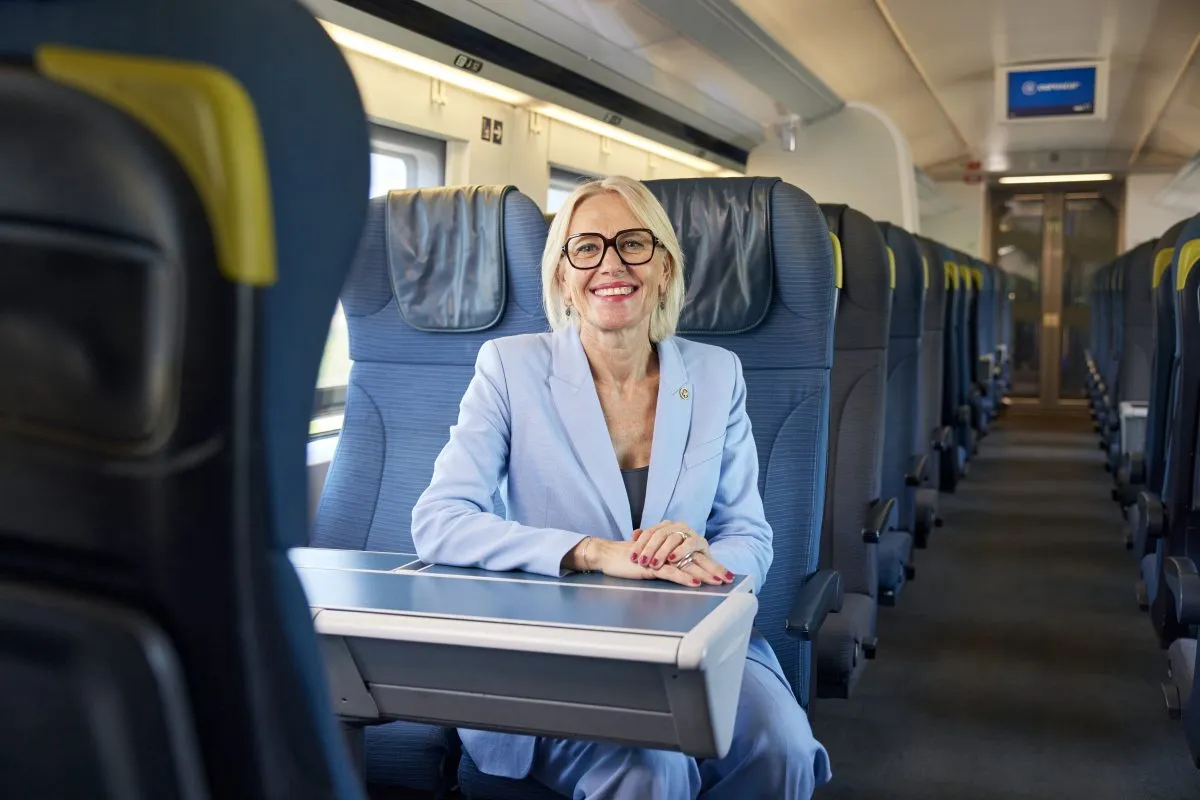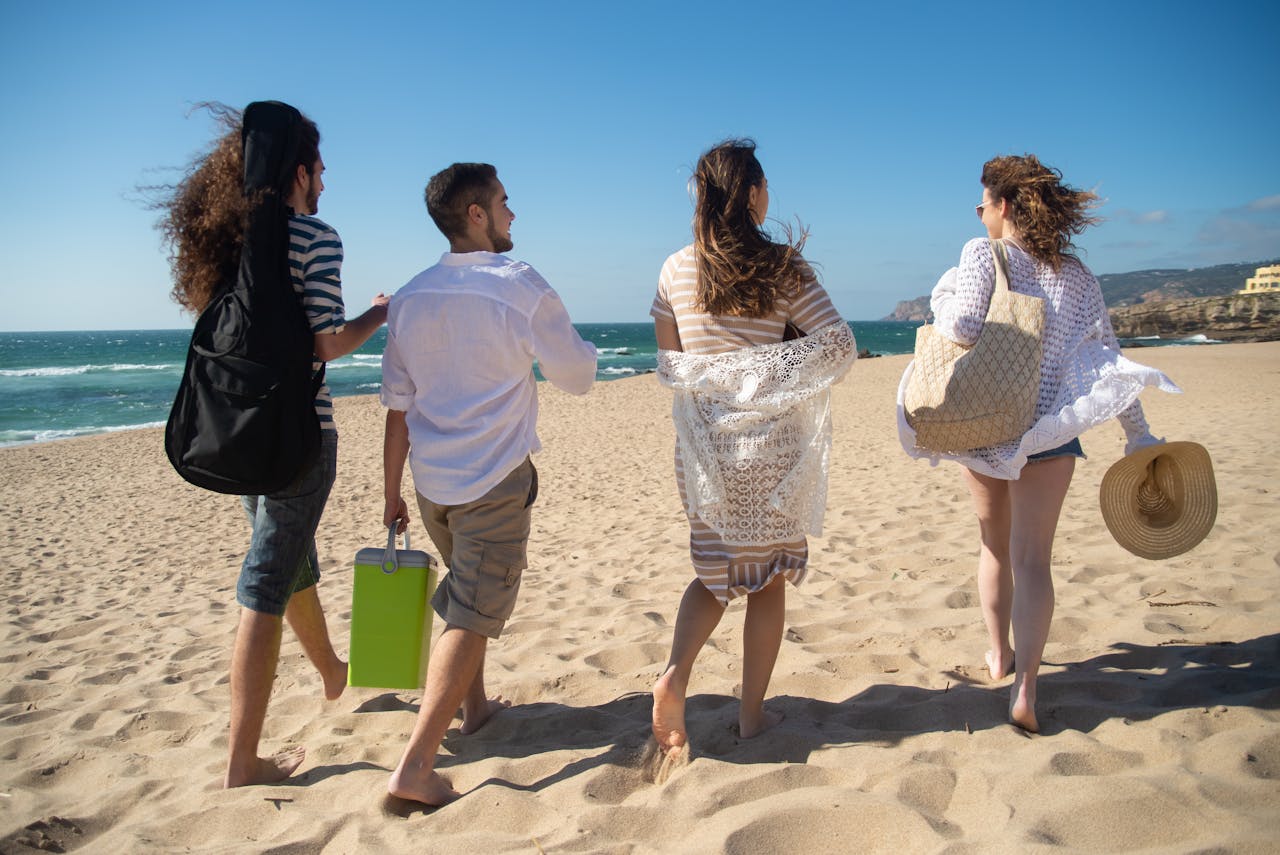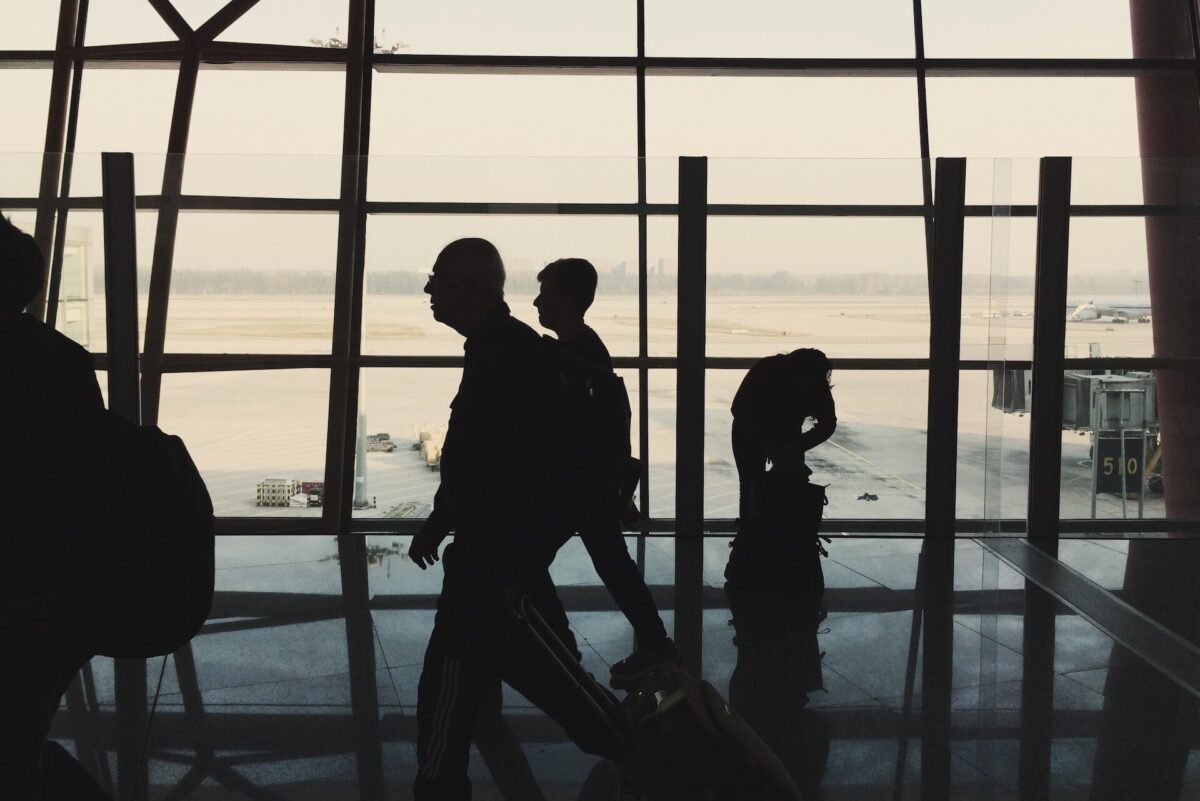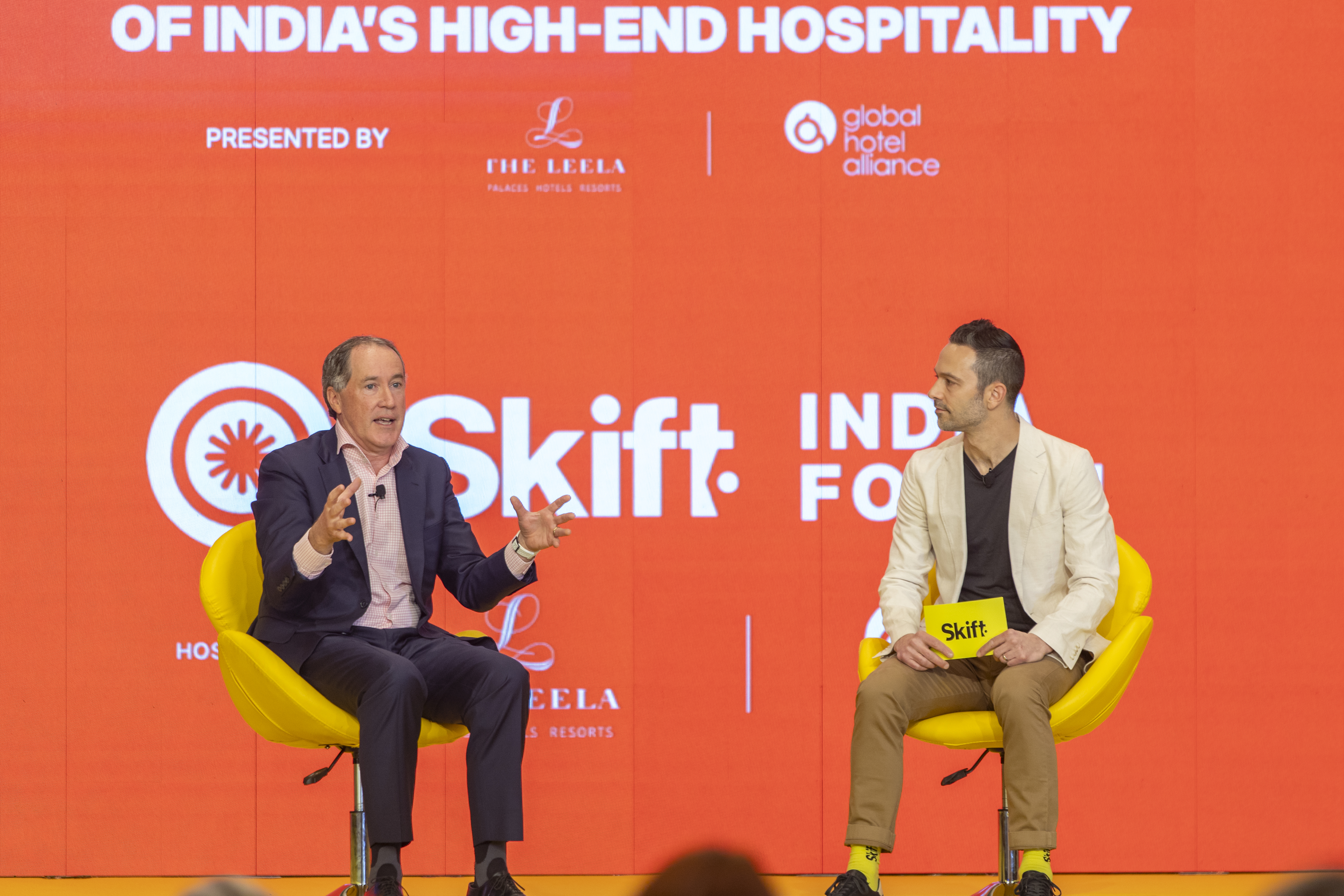For the First Time, Allegiant Air Learns What It's Like to Configure a New Airplane
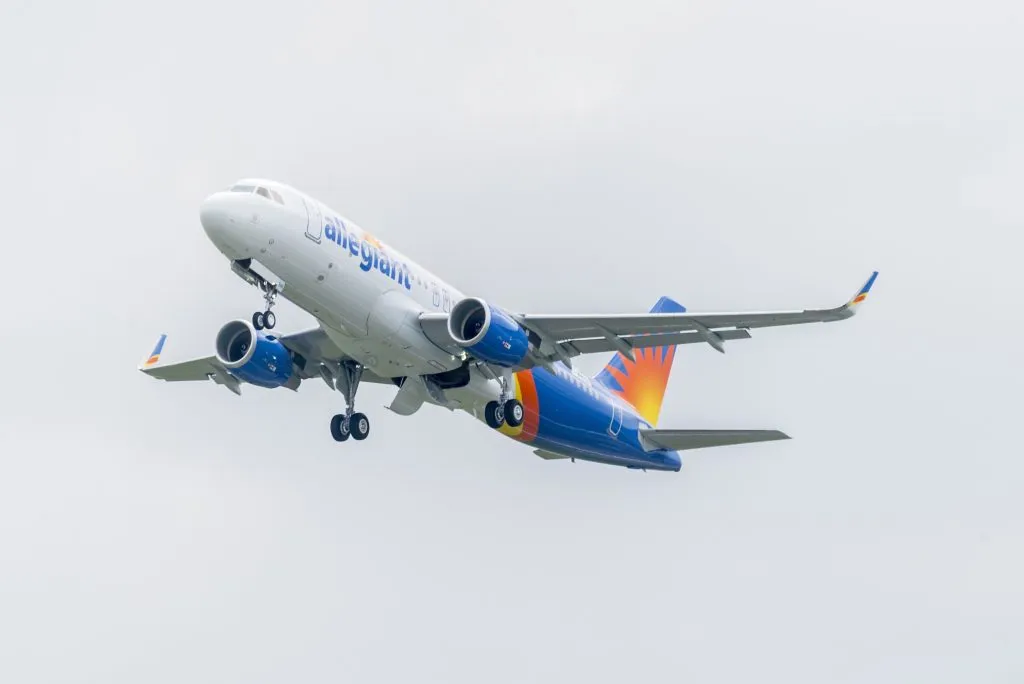
Skift Take
On 18 planes in Allegiant Air's fleet, a bright orange stripe runs along the overhead bins, stretching from front door to the rear bathrooms. It's an accent familiar to anyone who has flown EasyJet, the European discounter.
For its 20-year history, Allegiant, one of three ultra low cost U.S. airlines, has bought used airplanes. First, the airline took gas-guzzling MD-80s, but more recently it has preferred newer and more fuel-efficient Airbus A319s and A320s. They often come from EasyJet and three other airlines — Iberia and Vueling in Spain, and Cebu Pacific in the Philippines.
United Airlines, Southwest Airlines, and Delta Air Lines — all used-plane buyers — often spend months and significant sums reconfiguring cabins so they look identical to their other aircraft. But usually, planes join Allegiant’s fleet looking as they did when they flew from Manila to Butuan for Cebu Pacific, or from London to Palma de Majorca for EasyJet.
Removing extras other airlines added — like orange stripes — is expensive, and Allegiant CEO Maury Gallagher figures passengers prefer cheap tickets more than matching interiors. Recently, Allegiant started retrofitting clear outliers, like one plane with an unusual tree pattern on its side walls. But when possible, it prefers only to paint the outside of planes, replace the carpet, and add seats and row numbers. Overhead bins don't get touched.
"We just took what we could get," Brian Davis, Allegiant's vice president for marketing, said of the company's historic strategy. "Our customers didn't care."
Given Gallagher's frugality, few expected Allegiant would buy new planes. But the used market can be tricky because airlines only can acquire aircraft when another carrier or a lessor will sell. Last year, Allegiant wanted planes faster so it ordered 12 new Airbus A320s, and the first delivery is May 15. They're not as cheap as used ones, but Allegiant likely got a good deal since Airbus soon will stop making the A320 in favor of a next-generation model, the A320neo. It's like buying last year's car model after it has been discontinued.
As part of the purchase price, Airbus configures each plane as the customer wants, including sidewalls, seats, carpeting, bathrooms, door handles, and the languages on emergency exit signs. Airbus often offers hundreds of options for each choice — enough to overwhelm employees at an airline as small as Allegiant. It has fewer than 100 aircraft.
"For every surface you see in an airplane," Davis said, "there is a room of swatches and color palates.”
Other airlines send teams to Airbus' Toulouse, France offices to ensure interiors meet the carrier's standards. But Allegiant had no team, so Davis tapped one person — Kimberly Schaefer, the public relations manager — to fly to Europe to make decisions. Some carriers spend years selecting options, but because Allegiant had less than a year from order to delivery, Schaefer had a compressed schedule.
And as much as Airbus helped, the process was still daunting — less like buying a car and more like building a house, Davis said.
"They kind of walk you through the process and say, 'Now its time to make these 14 decisions,"' Davis said. "That's when we open the catalogue and say, 'Oh, shit, there are many, many options.'”
Before she left for France, Schaefer received advice from two executives. Davis asked her to match Allegiant's brand standards, while Jude Bricker, Allegiant's COO, reminded her she represented a "utilitarian brand," and told her to stay on budget. She would not be selecting in-seat television screens, nor onboard internet.
"Don't go out and a spend a bunch of money," Bricker told her.

EasyJet planes, including this Airbus A319, have a signature orange stripe along the bottom of the overhead bins. Adrian Pingstone/Wikipedia.
How to Get Easy Orange
Davis and Schaefer tried to keep it simple. When feasible, Allegiant would select packages, and add features already on used planes, such as EasyJet's orange stripes. Davis likes them because the shade closely matches the color in Allegiant’s sun logo.
"It's not obnoxiously orange," he said.
But getting the stripe was surprisingly complicated. After Schaefer asked Airbus for it, she learned the hue was called "Easy Orange," and Allegiant could not use it because Easy Group, the European airline's parent, owned it. Airbus sent Schaefer swatches of similar colors, but she didn't like them. "They were too yellow or too red," she said.
Briefly, Schaefer considered orange mood lighting in place of stripes, but learned the lights are expensive. "The folks at Airbus were like, 'You definitely don't want to do that. It's going to be way outside your budget.”'
Eventually, Allegiant executives contacted Easy Group, and the two companies reached a deal. Easy Group sent Airbus a letter showing Allegiant could use "Easy Orange" below the bins.
The rest of the interior was easier, since Airbus offers packages that include most of the basics.
Schaefer picked one called the “Enhanced Cool,” a conservative scheme featuring white sidewalls with a pattern of small gray squares. Most European and American airlines prefer something similar, and a version of this package is installed on all but eight of Allegiant’s used Airbuses. Another package, called the "Enhanced Warm Scheme," is based on sand-like colors, and popular among Middle East and African airlines.
The package covered many elements, including bins, window panels, flight attendant jump seats, the bathroom and cockpit doors, and the toilet. Had she not selected it, Schaefer might have customized everything — even bathroom door handles.
"They could really do anything that you want as far as the design," Schaefer said. "The door itself is the door itself. But you can really have any door handle that you want. It can be made of solid gold covered in diamonds."
Or, as Davis put it, "If you said, 'I want purple elephants on my side walls, they would do that for you."'
How long should the bathroom water run?
Designing the bathrooms was a bigger challenge.
First, Schaefer wanted an orange stripe in them because the former EasyJet planes have it. But she learned it would cost extra, so she skipped it. Then she turned her attention to choosing one of 111 options for "non-textile flooring." Airbus sent sample swatches, and she flipped through them — a task she likened to searching for wallpaper samples at Home Depot or Lowe's.
She skipped fake wood, preferring a composite navy pattern called Atlantis, with raised round dots, an option she wanted for safety. "It's more slip resistant than a smooth surface," she said. The dots are small, and Schaefer is hopeful that'll make floors easier to clean. “The spaces between the dots are large enough that dirt or other material will not become embedded,” she said.
For counters, Schaefer picked a fake stone — one of 25 options offered by Airbus— called “duocolor white." For sinks, she preferred stainless— for simplicity sake. Stainless was the only option Airbus offered for all three bathrooms, two in the back, and one in front.
Next, Schaefer determined how long sink water would flow from the automatic faucet. She went with 10 seconds — enough, she hopes, so passengers can wash their hands without wasting water. If that's not enough, it's possible to change the time to 15 seconds.
She jokes that selecting the water run time made her a more discerning traveler.
"I just flew back yesterday from Dallas on American on an A321," Schaefer said. "Their water seems to run a little longer. It's so weird. I have the weirdest job."
Row 13?
For weeks, Airbus peppered Allegiant with minor questions. What light bulbs did it want? Would it have a row 13? Would exit and other signs be mounted only in English? Or Spanish, too? How would Airbus paint the aircraft's exterior?
The row 13 question was easy. Allegiant will have one, though some carriers, including United Airlines, do not.
"It makes the most sense," Davis said. "And nobody raised an objection."
Spanish proved trickier. At first, Davis thought the answer was obvious. Allegiant flies charters to Mexico, and may add scheduled flights, so it wanted Spanish signs. Since some of the used planes already have Spanish, Davis figured new planes should match the old. "We thought, 'Oh, great, we already have Spanish, so we can fly to Mexico,'" he said.
The problem? Mexican Spanish is slightly different than what's spoken in Europe, and Allegiant executives learned signs on the former Iberia planes weren't perfect for Latin America. After some discussion, though, they went with consistency. New planes will match Iberia's signs.
Row numbering was another vexing issue. Some airlines only put numbers on a light above the seats, near the air vents, while others add them to overhead bins.
Numbers on lights are a standard option, but Davis is 6 feet 2, and when he flies on an airplane with seat numbers on lights, he can't see them without bending down. Allegiant seeks to board planes quickly, and Davis said inconveniently placed numbers can confuse passengers and slow boarding.
"They kind of stop at the front of the airplane as they are trying to figure out how to sit," he said. "You don't want it taking a few seconds to find your seat number."
Allegiant not only will put numbers on bins, but it also will use more prominent placards than usual. Big numbers were among the few features Allegiant paid extra for, along with a public address system that can make recorded announcements in two languages.
"It sounds crazy, but it makes a huge difference," Schaefer said of the row numbers. "That was a conscious decision. We thought if we could expedite boarding, it would help our turn times.”
Then there was exterior paint. Allegiant has a blue tail with a sun on it, and the sun fades from yellow, in the center, to orange at the edges. But it's not a true fade. Instead, Allegiant uses sets of hexagonal dots to create the yellow-to-orange fade.
Airbus paints new planes, and it we wanted to give Allegiant's a real fade. Or, more specifically, it didn't like Allegiant's approach. "Their engineers refused to paint it with the hexagonal dots," Davis said, because they feared producing an "inferior product.”
Airbus would send photographs of other airline paint schemes, and Davis acknowledged Airbus' approach produced a better-looking airplane. But he didn't want customers in Orlando to notice two tails with an Airbus sunburst and six more with hexagonal dots.
He also knew airlines and lessors who sell used planes to Allegiant would not follow Airbus' process in the future. Sellers paint aircraft in paint shops worldwide, and consistency is a challenge.
Finally, Allegiant persuaded Airbus to match existing planes for the dozen new aircraft.
"They believe their fade to be superior," Davis said. "We said, 'While your 12 may look better, they are also going to look different.'"

